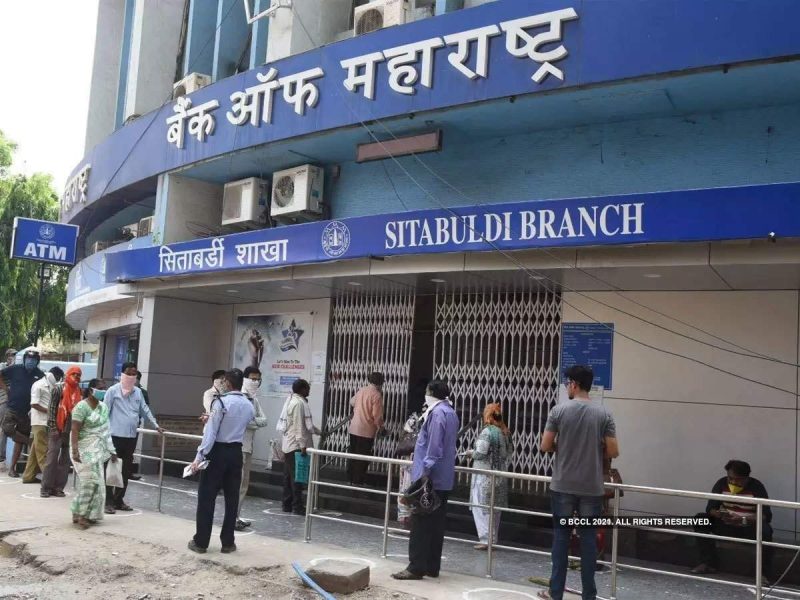
Financial inclusion: How India beat China; what it means for the economy
Jan Dhan accounts have boosted banking penetration, and this is having a multiplier effect on the nation’s overall growth, says SBI report

Despite the pandemic-led disruptions that have wreaked havoc on the economy — particularly the poorer sections — India has stolen a march over China in terms of financial inclusion. According to a report by the State Bank of India (SBI), India’s impressive performance across key financial inclusion metrics is thanks to several factors.
A significant contributor is the no-frills savings bank scheme Pradhan Mantri Jan-Dhan Yojana (PMJDY), said the report, authored by SBI’s Group Chief Economic Adviser Soumya Kanti Ghosh.
India has made remarkable progress in financial inclusion metrics and is now ahead of China! https://t.co/VX7tpeBj7f
— Soumya Kanti Ghosh (@kantisoumya) November 7, 2021
According to data from the website of the Finance Ministry-run PMJDY, the scheme has reached 43.76 crore beneficiaries till date, with a total bank balance of ₹146,299.31 crore.
Factors behind the push
Apart from the surge in number of PMJDY accounts, the growth in digital infrastructure and deployment of banking correspondents (BCs) have also been instrumental in increasing financial inclusion, per the report.
The number of bank branches per 100,000 adults is seen as a key metric, too. Here, India, with 14.7 bank branches per 100,000 adults in 2020 (against 13.6 in 2015), ranked above Germany, China and South Africa.
Also read: 5 years on, what demonetisation doesn’t let the common man forget
“India has stolen a march in financial inclusion with the initiation of PMJDY accounts since 2014, enabled by a robust digital infrastructure and also careful recalibration of bank branches and thereby using the BC model judiciously for furthering financial inclusion,” the report said.
“Such financial inclusion has also been enabled by use of digital payments as, between 2015 and 2020, mobile and internet banking transactions per 1,000 adults have increased to 13,615 in 2019 from 183 in 2015,” it added.
Banking on the BC model
The BC model came in for much praise in the SBI report for providing various banking services in a cost-efficient manner.
“The new branch authorisation policy of 2017 — which recognises BCs that provide banking services for a minimum of 4 hours per day and for at least 5 days a week as banking outlets — has progressively obviated the need to set up brick-and-mortar branches,” the report observed.
“For example, the number of ‘Banking Outlets in Villages – BCs’ has risen from 34,174 in March 2010 to 12.4 lakh in December 2020. Such progress shows an impressive outreach of banking services through branchless banking.”
Universal benefits
Financial inclusion, which ensures economic growth penetrates to the most socially and economically backward classes, has a multiplier effect on the entire economy, the report noted. Not only does it bring down poverty and income inequality, but also enables financial stability.
For instance, it has been revealed via studies that States with higher PMJDY account balances tend to see a drop in crime rates. “We also observed that there is both statistically significant and economically meaningful drop in consumption of intoxicants such as alcohol and tobacco products in States where more PMJDY accounts are opened,” said the report.


